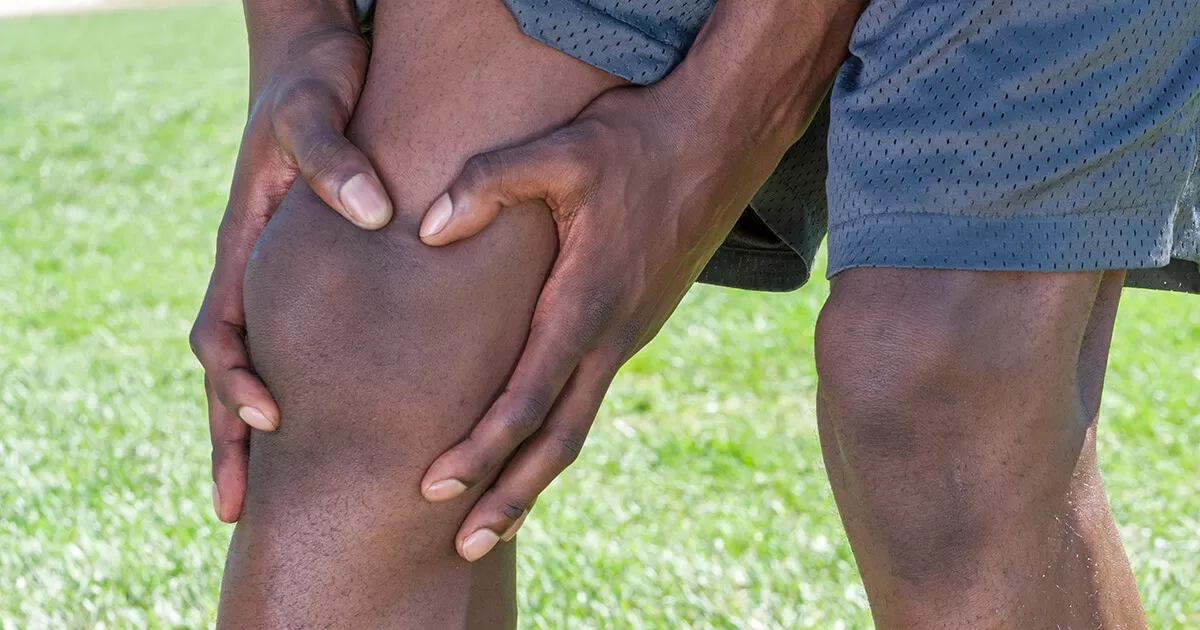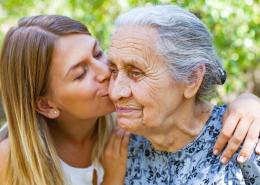The Facts About Osteoarthritis

Often called "wear and tear" arthritis, osteoarthritis (OA) is the most common form of arthritis in the U.S. It is caused by aging and wear and tear on a joint, resulting in the breakdown of cartilage in your joints.
Cartilage is slippery tissue between the ends of the bones in a joint. It absorbs the shock of movement by preventing the bones from rubbing together. But as the cartilage breaks down, the bones begin to rub against each other. Over time, this can cause permanent damage to the joint.

Signs and symptoms of OA
OA most commonly affects the knees, hips, hands, and spine, but can also affect other areas of the body. Symptoms include joint pain, swelling, tenderness, and stiffness.
You may notice a rubbing, grating, or crackling sound when you move the joint. The pain is often worse when you are active, after exercising, or when you put weight or pressure on the joint, but it may feel better when you are resting. However, as OA gets worse, you may feel pain even when you are at rest. It can even wake you up at night.
Eventually, bone spurs (or extra bone) may form around the joint. The ligaments and muscles around the joint may also get weaker and stiffer. However, some people might not have symptoms, even though an X-ray can show the changes caused by OA.
Are you at risk of developing this condition?
There are a number of risk factors for developing OA. These include:
- Older age. The risk of OA increases with age.
- Gender. Before age 55, OA occurs equally in men and women. After age 55, it is more common in women.
- Being overweight or obese. Being overweight can lead to developing knee OA as well as to its progression.
- Joint injuries. Injuries from playing sports or from an accident can increase the risk of OA in that joint.
- Certain kinds of jobs. If your job places repetitive stress on a particular joint, you may eventually develop OA in that joint.
- Genetics. Some people may have a genetic defect in joint cartilage.
- Infection. Sometimes an infection occurs in a joint and can lead to arthritis.
Living with OA
Living with OA can be challenging. There is no cure for OA, but symptoms can be managed with lifestyle changes, medications (prescription or over-the-counter), or other therapies. Talk with your healthcare provider about how to help manage your OA.
Here are some lifestyle management tips that may be helpful for you:
- Stay active to help reduce joint pain and stiffness.
- Watch your weight or lose weight, which may help reduce stress on your joints.
- Use heat and cold therapies to reduce joint pain and swelling.
- Protect your joints from injury. For example, always warm up before exercising, do range-of-motion-type exercises such as stretching, and avoid wearing high heels.
- Get enough rest.
- Do slow and gentle stretching exercises, which may help lessen joint stiffness and reduce pain.
- Use assistive devices, such as jar openers, canes, scooters, or knee braces.
- Get physical therapy; flexibility and range of motion exercises can help with pain management.
Ask your healthcare provider about lifestyle management tips that are specific to your OA needs.
References
- 1. Arthritis Foundation. Osteoarthritis. Accessed January 5, 2018.
- 2. MedlinePlus. Osteoarthritis. Accessed January 4, 2018.
- 3. MedlinePlus. Osteoarthritis. Also Called Degenerative Joint Disease, OA, Osteoarthrosis. Accessed January 4, 2018.
- 4. National Institute of Arthritis and Musculoskeletal and Skin Diseases. Osteoarthritis. Accessed January 4, 2018.
- 5. Arthritis Foundation. 16 Joint-protection Tips: Ditch the High Heels. Accessed January 9, 2018.
- 6. Arthritis Foundation. 16 Joint-protection Tips: Warm Up. Accessed January 9, 2018.
- 7. Arthritis Foundation. 16 Joint-protection Tips: Increase Your Range. Accessed January 9, 2018.
- 8. Centers for Disease Control and Prevention. Risk Factors. Accessed January 9, 2018.





